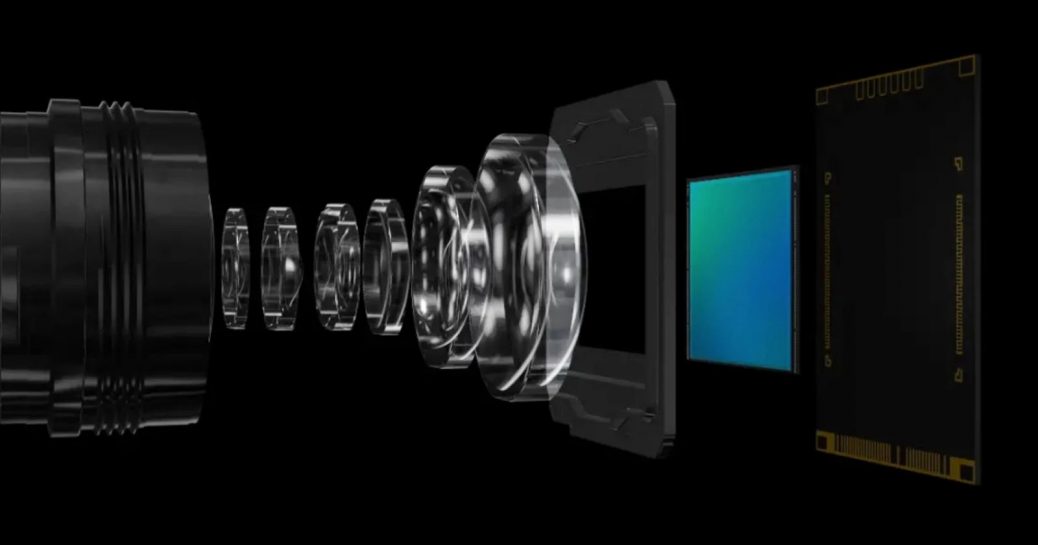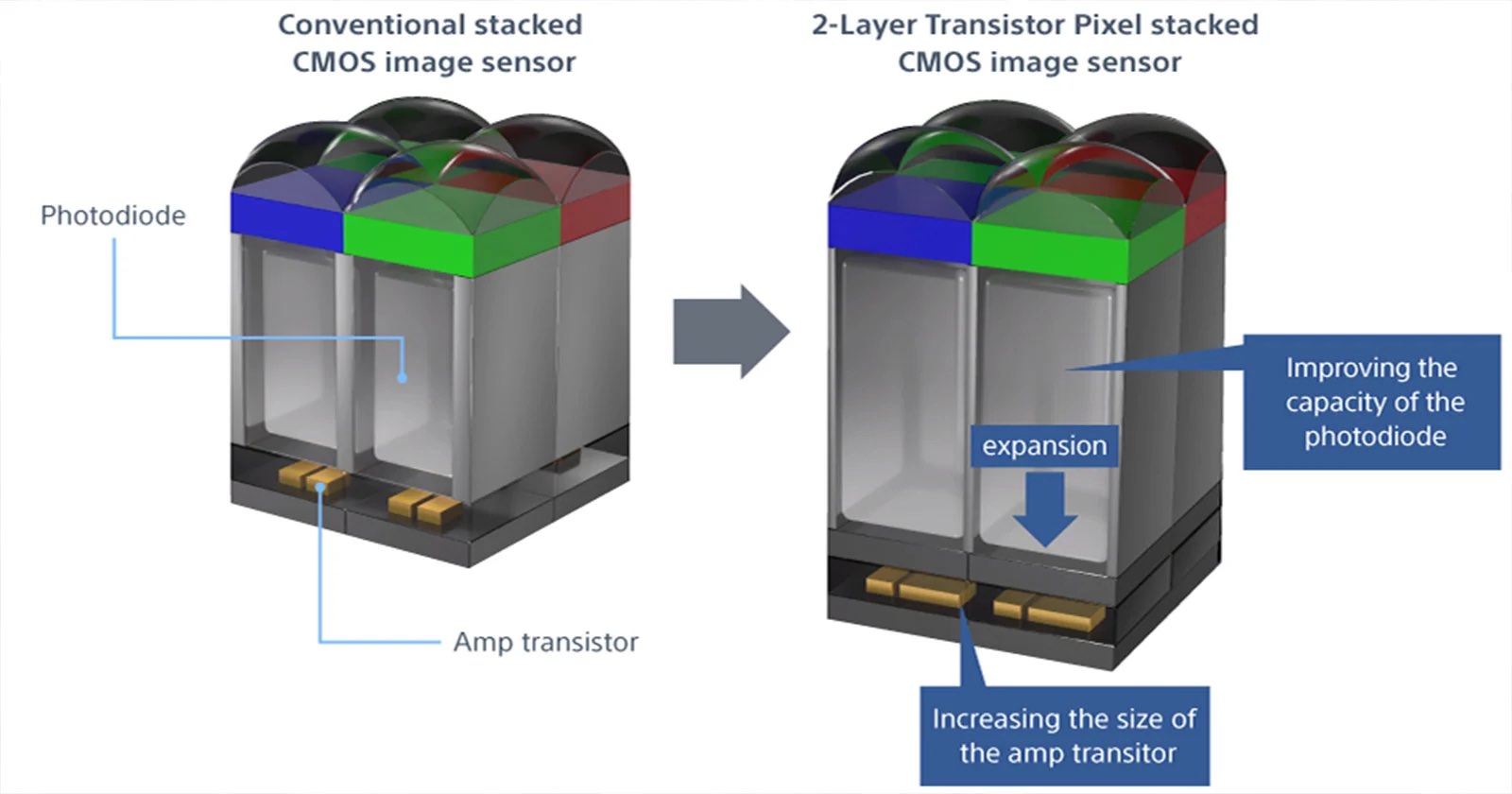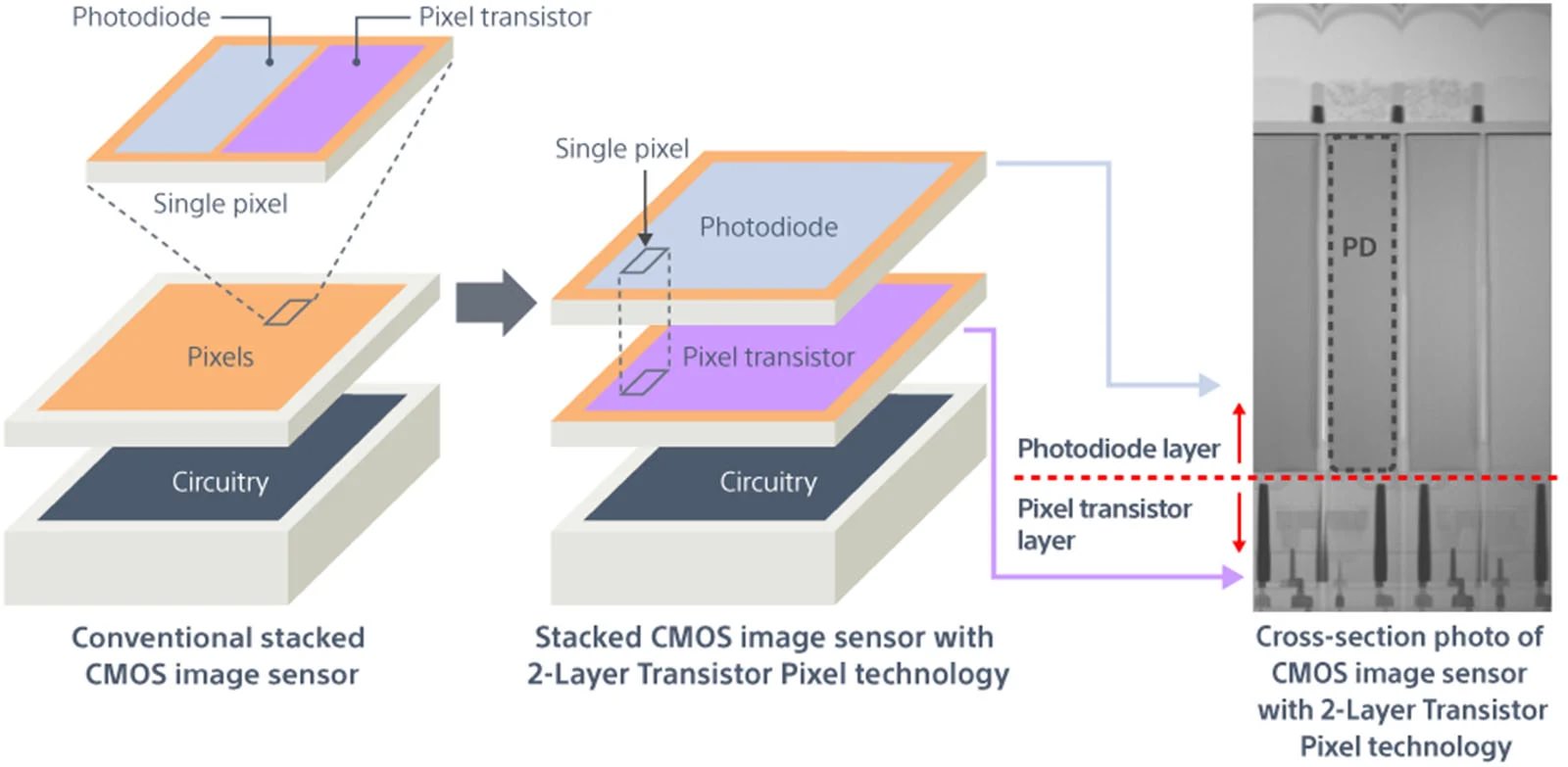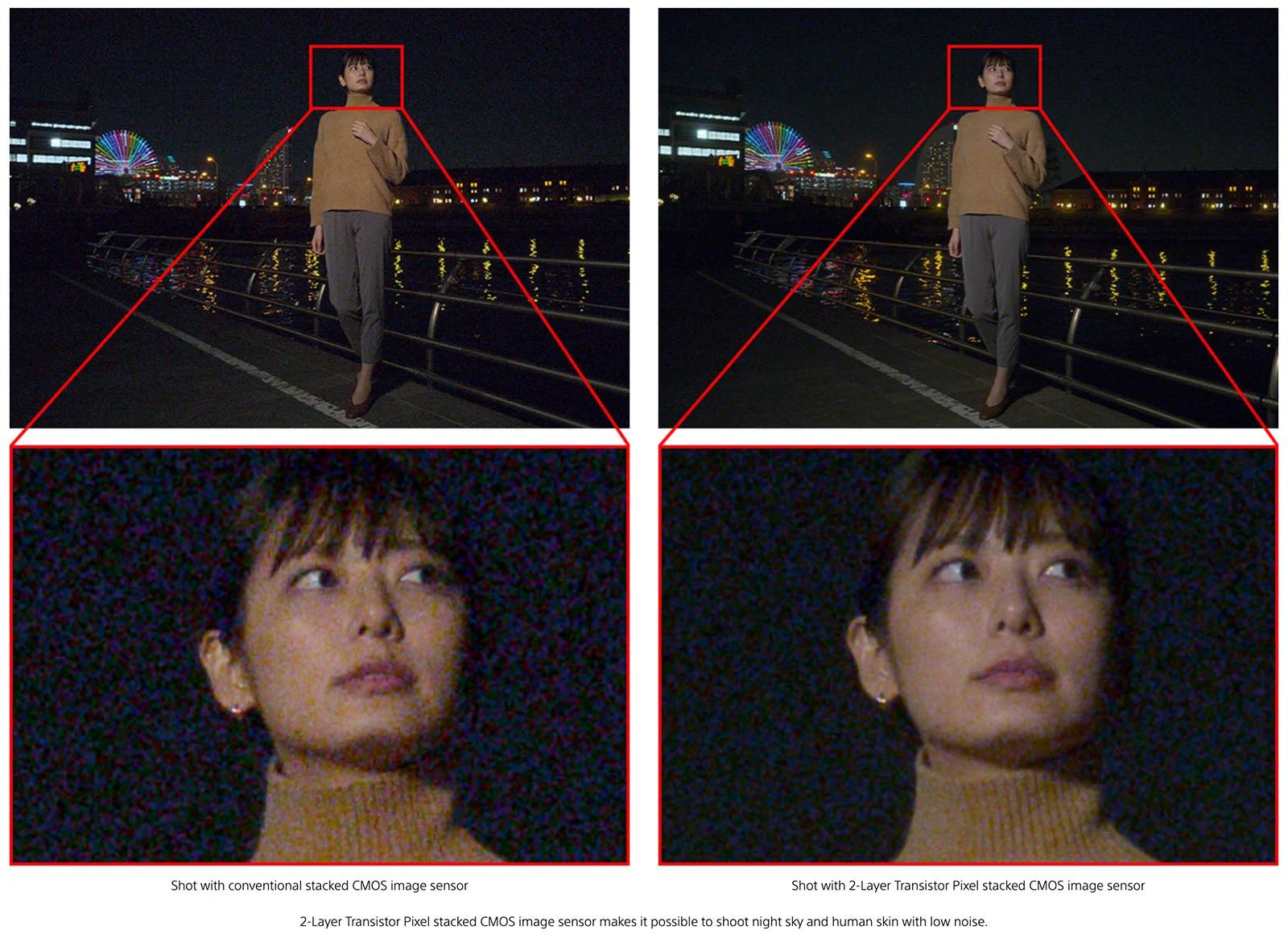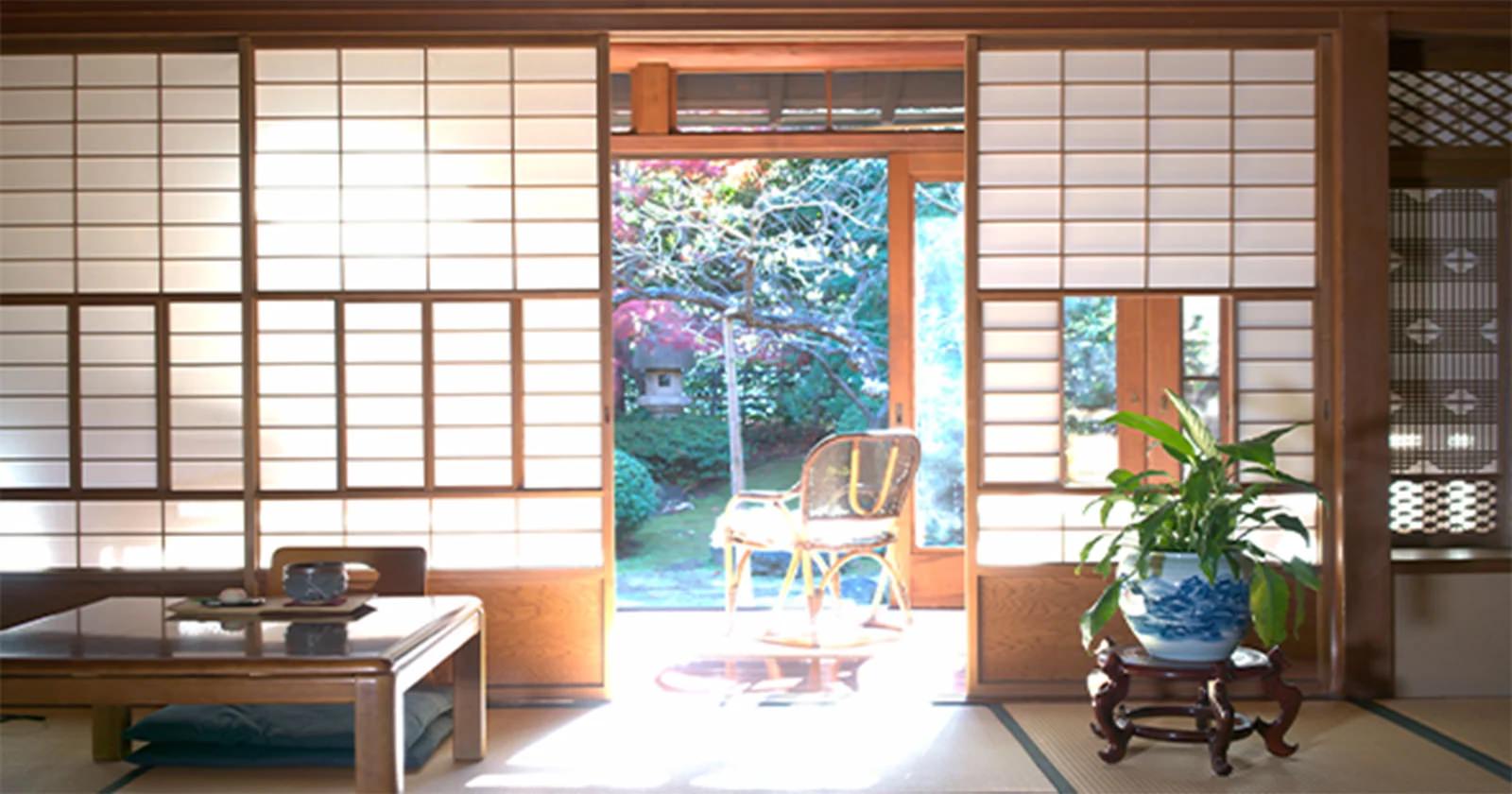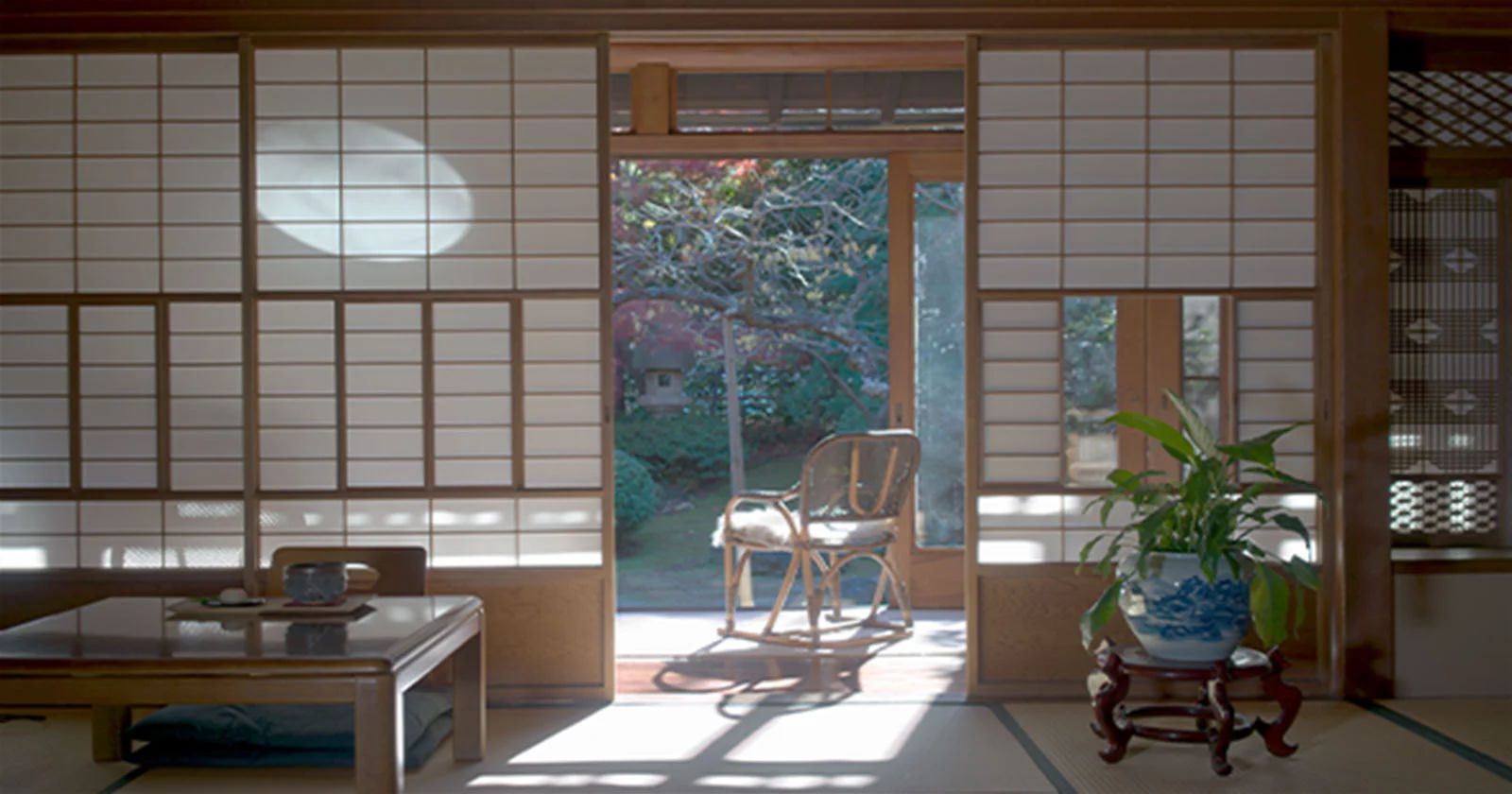Sony Stacked Image Sensor Technology Development
Sony has published a new video showing its revolutionary stacking image sensor technology, which the company claims could increase smartphone image quality for mobile photographers.
“The new structure has improved the capacity of the photodiode while approximately doubling the saturation signal level relative to conventional image sensors,” according to Sony’s official website. “In turn, this will widen dynamic range.”
According to Sony, this should boost saturation, broaden the dynamic range, and minimize noise compared to traditional stacked sensor designs with photodiodes and transistors on the same layer.
However, transitioning from a development announcement to commercial availability takes substantial time and effort, particularly with third-party cellphones. Moving from Sony to other smartphone manufacturers would bring image sensor technology into the hands of many more mobile photographers, and the results of this new technology should be exciting for smartphone shooters. Sony claims that with enhanced dynamic range, users will be able to record photos that are closer to what the naked eye sees in both bright and poor lighting conditions.
According to Sony, “by increasing the size of the amp transistors, the 2-Layer Transistor Pixel technology has succeeded in substantially reducing noise, which can affect images taken in dark settings.”
Historically, smartphone image sensors have suffered with dynamic range and low light performance due to their small size and inability to absorb as much light as bigger mirrorless and DSLR sensors with comparable megapixel counts. Sony claims that its 2-Layer Transistor Pixel sensor generates photos with less overexposure and underexposure while maintaining the sensor’s overall size.

